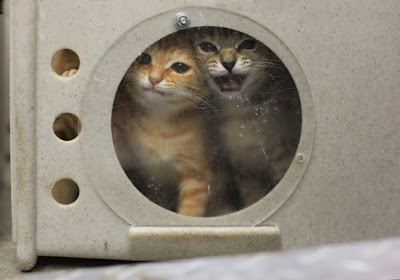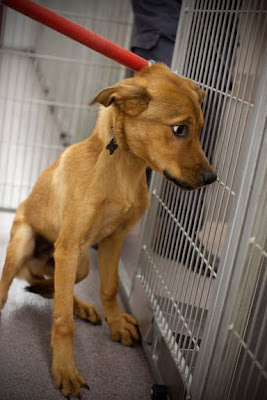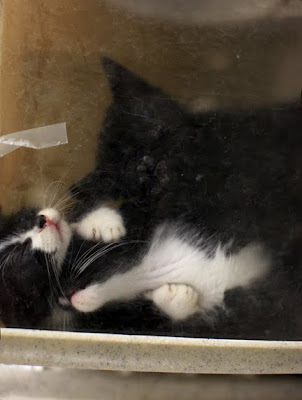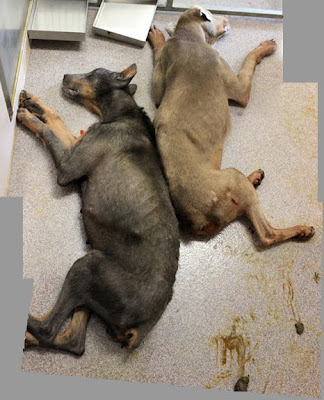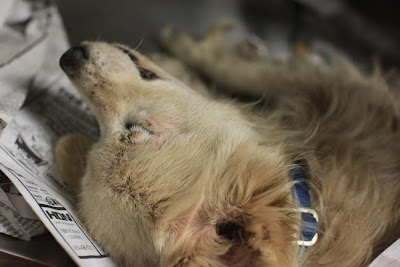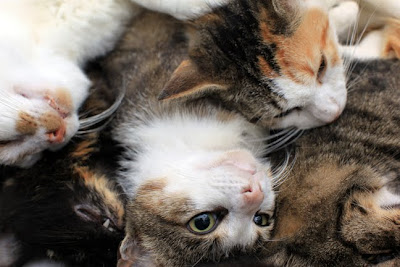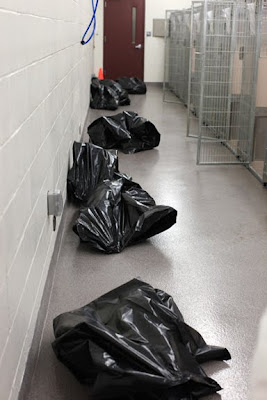Mary Shannon Johnstone
This week Lenscratch is looking at some of the top 50 portfolios from Critical Mass….
Mary Shannon Johnstone is doing the hard work. She’s taking a look a something none of us want to see, so if the subject of euthanized animals is more than you can visually tolerate, then best not continue. But I am of the mind that we need to be forced to look at something that is incredibly hard to witness, because by seeing it, we can possibly make it change.
Mary Shannon’s series, Breeding Ignorance, calls attention to the euthanasia rate of animals at our local animal shelters. I feel this series needs to be seen, not only to draw attention to the subject matter, but for the quality of these difficult photographs.
Mary received her BFA from The School of the Art Institute of Chicago and her MFA in photography from Rochester Institute of Technology, and is now a tenured Associate Professor of Art at Meredith College in Raleigh, NC. Her work has appeared in numerous exhibitions and publications, including the Pause to Begin photography project.
With this work I explore the tragedy of the massive overpopulation of cats and dogs in my community. In North Carolina, every year over 250,000 dogs and cats have to be euthanized because there is no place to put them. That is almost 700 every day, which I find shocking and heartbreaking. Although heroic efforts are made daily by animal control officers, shelter employees, veterinarians, and volunteers, they are faced with a Sisyphean task. These photographs explore the animals and aftermath of this epidemic, focusing on what remains when there are no regulations on breeding, spaying or neutering. THE IMPETUS After adopting two dogs, I wondered why dogs are “purchased” at all, and began volunteering at a state-owned animal control facility.
I was stunned to learn they receive over 8,000 animals annually, but can only hold 275 animals at a time. This results in thousands of euthanasias at this facility alone. Equally stunning, I learned many potential owners oppose the 100% sterilization policy. After months of volunteering and listening, I decided to respond photographically. PROCESS On my first visit to photograph the euthanasias, the lead veterinarian pulled me aside saying she had one rule—if I needed to cry, I had to leave the building. She explained the need for professionalism, and that crying was not allowed. Alternatively she offered, “You leave here, then you cry, and you love the animals you have. That is what I do. That is what we all do.”
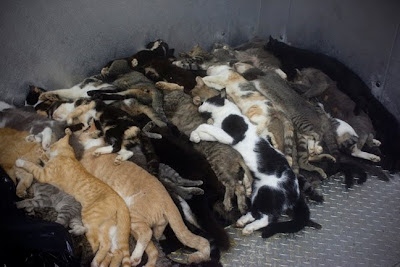
Another vet offered, “The tragedy is not that we euthanize animals. The tragedy is that we HAVE to euthanize. There is no alternative.” With this in mind, I decided the project should focus on the animals and the aftermath—but not the workers, whose identities I purposefully blocked. I hope these photographs call attention to the tragic epidemic of animal overpopulation, and illuminate what happens when we don’t spay and neuter our cats and dogs.
Posts on Lenscratch may not be reproduced without the permission of the Lenscratch staff and the photographer.
Recommended
-
Lauri Gaffin: Moving Still: A Cinematic Life Frame-by-FrameDecember 4th, 2025
-
Dani Tranchesi: Ordinary MiraclesNovember 30th, 2025
-
Art of Documentary Photography: Elliot RossOctober 30th, 2025
-
The Art of Documentary Photography: Carol GuzyOctober 29th, 2025
-
The Art of Documentary Photography: Matt McClainOctober 28th, 2025

